Common Causes of Car Fires, Prevention, and What to Do if Your Car Caught on Fire
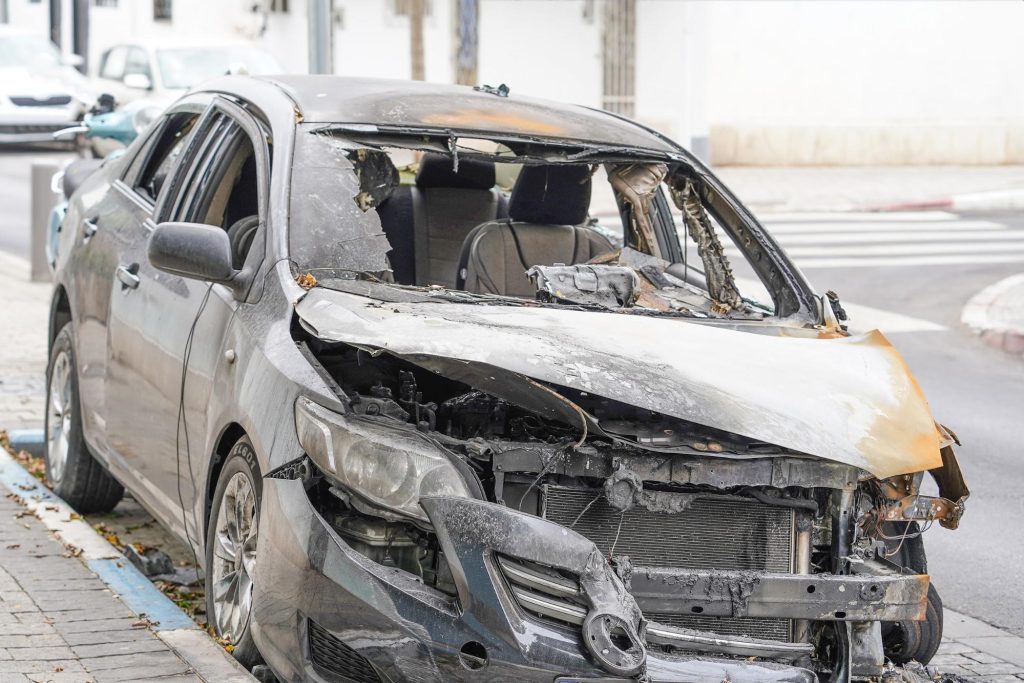
This article is for information purposes only. The Bryant Law Center does not take car fire or property damage cases unless there is a personal injury involved.
From 2014 to 2016 an estimated 171,500 car fires occurred each year resulting in an annual average of 345 deaths, 1,300 injuries, and $1.1 billion in property damage.
Although they have become less common with improved vehicle safety measures, these dangerous fires do happen, especially following a crash. In fact, the United States Fire Administration (USFA) reports the following disturbing statistics about automotive fires:
- One in eight fires that fire departments across the nation respond to are highway fires, not including responses to dangerous traffic accidents that sometimes lead to a fire.
- Almost 40 percent of highway automotive fires are a result of unintentional action.
- More than 80 percent of highway vehicle fires occur in passenger vehicles.
- More than 60 percent of highway car fires and approximately 35 percent of fatal fires originated in the vehicle’s engine, running gear, or wheel area.
A car might catch on fire for several reasons, but once the fire reaches the most flammable area of the vehicle, the fuel tank, it could lead to an explosion.
People who suffer burns or injuries from a burning car and/or explosion should contact a personal injury attorney in Louisville, or the area it happened in, as soon as possible to determine their eligibility for compensation.
Below we provide some valuable information about the causes for a car to catch fire and what you need to do if you suffer injuries or losses in one.
What Are the Most Common Causes of Car Fires?
Having a broad understanding of the factors that can lead to your vehicle catching on fire can help you prevent it from happening.
Here are some common causes of cars catching fire. Keep in mind that none are mutually exclusive, meaning more than one factor can contribute to a fire.
Poor Maintenance
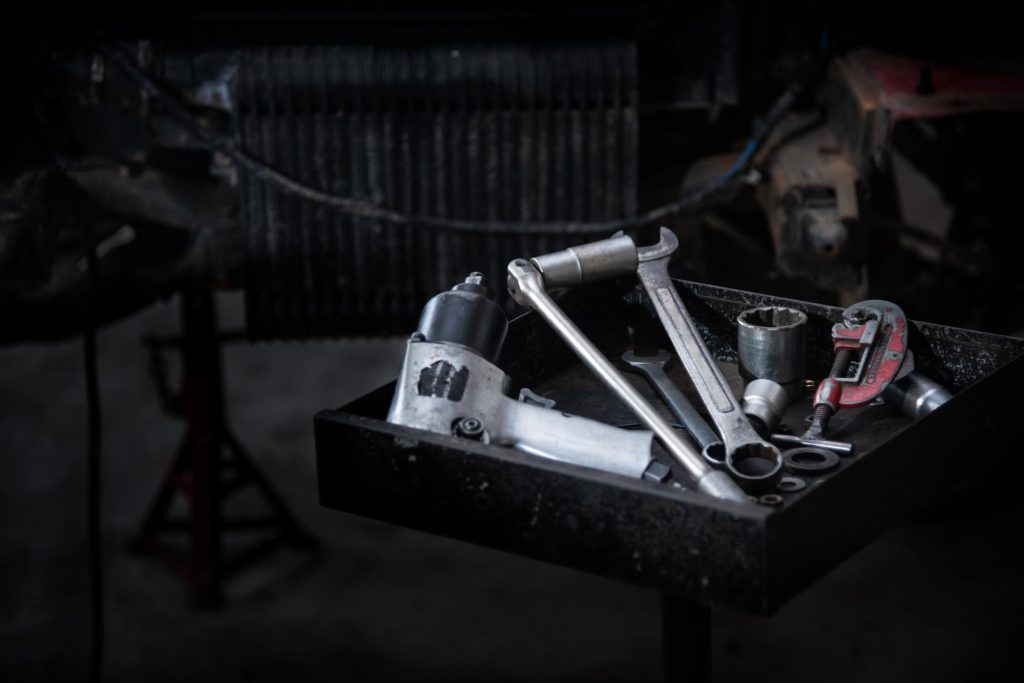
The most frequent human cause of a car catching fire is poor vehicle maintenance. Car owners who don’t maintain their vehicles risk mechanical failure that can contribute to a car fire.
The USFA reports that mechanical failure is the leading cause contributing to the ignition of a vehicle fire about 45 percent of the time.
Vehicle owners who perform regular preventative maintenance on their vehicle can avoid faulty hoses, leaky seals, excessive engine temperature, and worn out electrical wiring that can ultimately lead to a dangerous fire by allowing flammable fluids to leak onto hot exhaust manifolds.
Impact of Car Crash
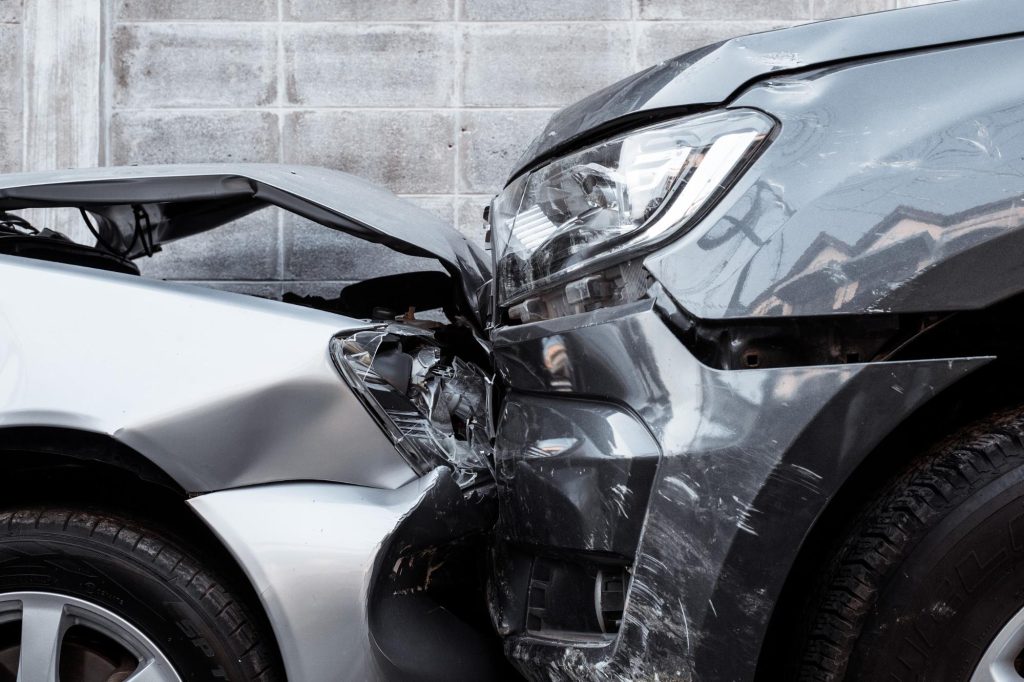
Auto manufacturers take great care to design vehicles that can withstand a crash without starting a fire or triggering an explosion. Yet, depending on the point of impact of a car accident, fires and explosions still routinely occur.
A traffic accident that occurs at high speeds can create enough force to cause leaks, fluid spills, heat, and smoke. High heat and spillage create the conditions for a fire.
Motor vehicle fires that occur because of car accidents are often the most deadly; the USFA estimates 60 percent of fatal highway automotive fires occur because of a traffic collision.
Electrical Problems
Electrical systems can cause a wide range of problems in a vehicle, one of the most dangerous of which is a fire in a vehicle. The charging cycle in a car battery causes highly flammable and explosive hydrogen to build up around the engine.
If wires are loose or worn, they can throw a spark and ignite that hydrogen. Other wires that run through the vehicle for doors, seats, and radios can also throw a spark and start a fire. If batteries are not properly secured inside the engine compartment or elsewhere, it can also present a fire hazard.
The USFA estimates that almost 30 percent of the time the insulation around electrical wires in a car were the first to ignite in a highway vehicle fire.
Leaking Fluids
Passenger vehicle systems contain chemical fluids that are hazardous to humans, many of which are highly flammable. Fuel, oil, transmission fluid, brake fluid, radiator coolant, and power steering fluid circulate throughout their respective systems when a vehicle is running.
If hoses break or leak, these fluid leaks. On their own, should not usually ignite. However, in the event of a spark from an electrical failure or in an accident, they can ignite.
Most fluid-related fires are referred to as engine fires as they typically start in the engine compartment, where the vast majority of these hazardous liquids are located. Brake fluid and gasoline or diesel, however, run the length of the vehicle, posing a risk of fire throughout the vehicle when something else goes wrong.
Leaky Fuel System
Usually cited as the most common cause for cars to start fire, leaks in the fuel system are dangerous. A car accident or poor maintenance can lead to a fuel leak, but a leak can also emerge spontaneously as a car ages.
Gasoline is the most dangerous fluid in a vehicle. At temperatures above 45 degrees Fahrenheit, just one little spark can cause a fire. Spontaneous combustion, in which gas ignites on its own without a spark, occurs at 495 degrees Fahrenheit.
If you ever smell gasoline in or around your vehicle, immediately try to find the source and stop the leak (either on your own or with the help of a mechanic) to prevent a catastrophic fire or explosion.
Overheated Engines
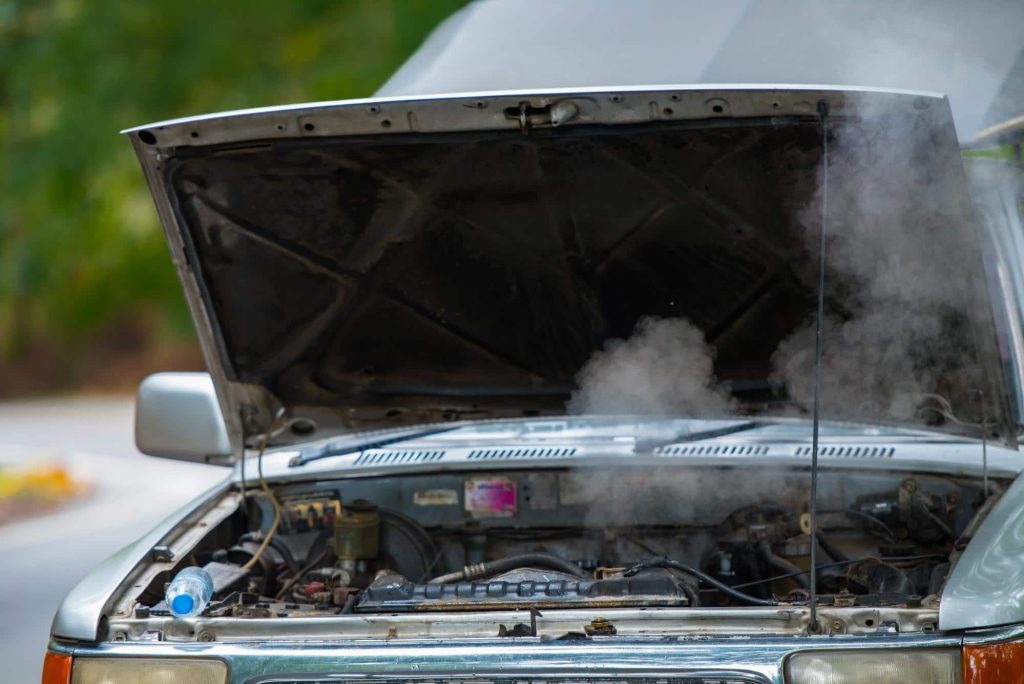
A car engine can overheat for a wide array of reasons, but most causes come back to the cooling system.
A coolant leak, bad radiator fan, faulty water pump, or clogged hose can prevent heat from escaping the engine compartment. When engine temperatures rise, the dangerous fluids in the engine compartment can begin to leak, coming into contact with extremely hot surfaces in the engine and igniting.
Drivers can avoid engine overheating with regular maintenance, but some overheating can occur as a result of a design flaw.
Design Flaws
In designing a new car, vehicle manufacturers sometimes make poor choices that inadvertently increase the risk of a car catching fire. In many cases, manufacturers find and correct these problems through a recall, but often that only happens after multiple vehicles have caught fire because of the design flaw.
Preventing Automotive Fires
The NFPA provides the following advice to prevent automotive fires:
- Perform regular maintenance on your vehicle or take it to a professional mechanic. If you notice any leakage or your car seems to be running improperly, have it checked out.
- If you need to transport gasoline, only use a certified, sealed gas can and only transport a small amount. Always keep a window open for ventilation when you transport gas.
- Never transport gas cans or propane tanks in the passenger area of a vehicle. They should always go in the trunk or the back of a pickup, if you have a truck.
- Never park a vehicle where flammable items can touch the catalytic converter or exhaust system, and start a fire. A catalytic converter can reach temperatures of 600 degrees under normal conditions
- Always put safety first behind the wheel to avoid an accident that could lead to an automotive fire.
What to Do if Your Vehicle Catches Fire
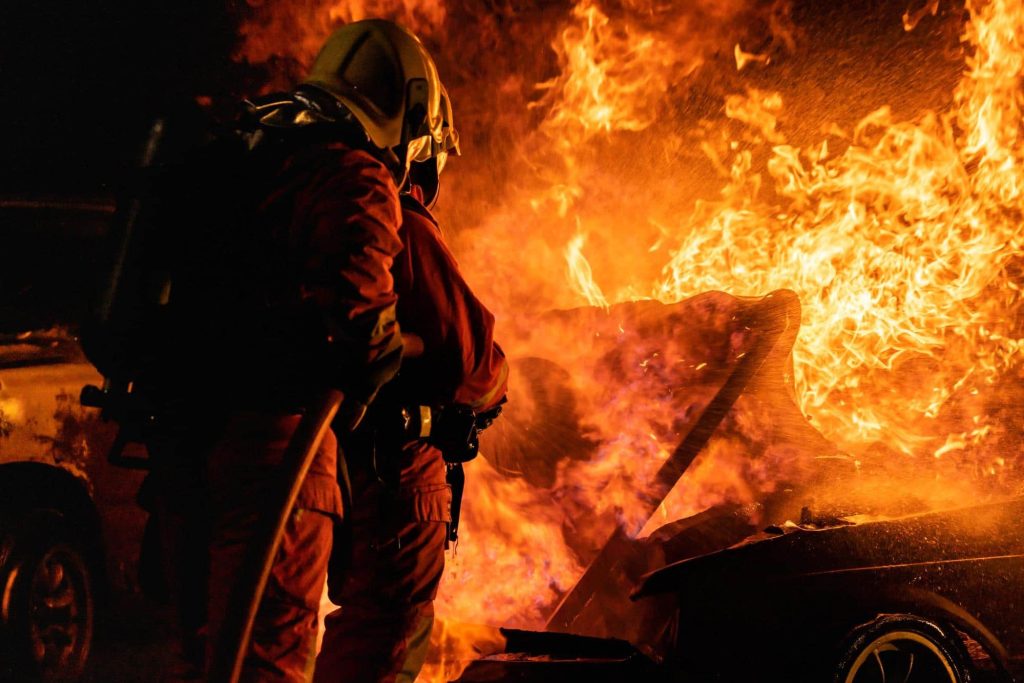
Drivers often fail to recognize the rising danger of being in a burning car, especially after a car accident. As soon as you suspect one might occur or see evidence that one has started, however, take the following safety measures recommended by the USFA:
- Pull your vehicle over immediately, so you can make a quick exit. Aim to get as far away from traffic as possible.
- Turn off the engine to help stop any fluid movement that can feed the fire and lead to an explosion.
- Get all passengers out of the car and move as far away as possible. The National Fire Protection Association (NFPA) recommends moving at least 100 feet away from a burning vehicle.
- Once you reach a safe distance, call 911 to report the fire and to send for emergency first responders.
- Do not attempt, for any reason, to go back to the burning car to get any personal belongings. An explosion can send debris flying over long distances. Bumpers, hatchbacks, tire rims, wheels, axles, engine parts, the exhaust system and more can become shrapnel that cause serious injury, sometimes death, to anyone too close to the vehicle.
- Never open your hood or trunk if you suspect a fire. This rapid change gives the fire oxygen, which is fuel for the fire that can cause it to grow out of control.
Determining if You Are Eligible for Compensation
There may be many contributing factors when a car catches fire, many of them due to someone else’s dangerous decisions or negligent actions. If you suffered harm in a burning car caused by faulty equipment or a car accident that was not your fault, consult with an experienced personal injury attorney to determine if you are eligible for compensation.
The skilled personal injury lawyers at The Bryant Law Center have the experience, resources, and knowledge to guide you through the insurance claims process and to file a lawsuit against at-fault parties, if necessary.
Contact Bryant Law Center today online using the contact form below or at 270-908-0995 for a free consultation to discuss the events that led to your auto fire, your injuries, and learn whether you have a viable claim.
